Full disclosure: Tom Lee is my colleague down the hall at the School of Design where we work on interdisciplinary learning experiences. We have taught courses together on design thinking, design histories, and design futures. Tom is also a runner, and when I signed up for the City2Surf he was very encouraging. He has a way of talking about running that is hardly about running at all.
Tom is also the name of the protagonist in a newly published book by Tom Lee. Coach Fitz is an extraordinary first novel from a dedicated observer of cities, landscapes, technologies and people. For general commentary on the book, read reviews from The Saturday Paper or Insights Magazine. And definitely give it a read, it’s full of sourdough bread and olive oil, sex, and exercise, so there’s plenty to satisfy. .
One subtext of the novel is a series of reflections on the urban and coastal environments around Sydney. The ‘planty’ characters of melaleuca, casuarina, Moreton Bay Fig trees, banksia, and plane trees flourish in Tom’s story. Tom has a deep appreciation of the city’s edges. He writes about Alfred Park:
The park is also one of the landscapes close to the city that features an abundance of native grass, in this instance a motley, almost fleshy-coloured red-green-pale-yellow mass of kangaroo grass. From the right perspective, looking across Cleveland Street, the kangaroo grass forms its own silhouette against the sky, as I wrote to Coach Fitz in my email, it is easy to imagine that its tall stems would be a CBD of sorts to an insect.
And his creepy counterpart, Coach Fitz herself, points out the ‘classic Sydney wet sclerophyll’ and the soil quality underfoot as they run.
I had a theory my emotional equilibrium was set to the relatively open, sparsely populated bush landscapes of the central west of New South Wales, where I spent the first part of my life and where my family lived on a sheep and cattle farm. In order to settle myself in a place I needed to regularly move through an open landscape of abundant and varied vegetation. Centennial Park was one of the few places I had discovered close to the city which catered to this need.
It is the character Tom’s delight in the city, through the muddle of his own sexual awakenings, the pressures about housing, career and relationships and the ambition to think against the grain of these pressures that is the strongest force of this book. In a city where complaints, entitlement and unspoken class division spill out of cars, elevators and crowded train carriages, I can’t help thinking the author Tom has been guided, even just a little, by plants at the edges of things.

Tom checking out Marrickville storm water canals.

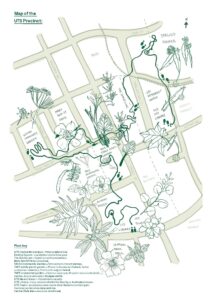
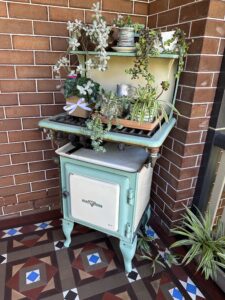
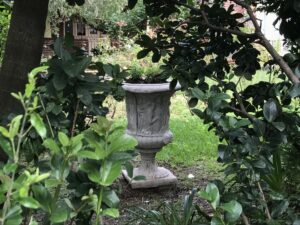
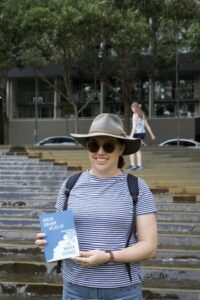
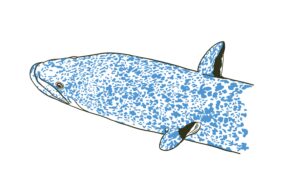
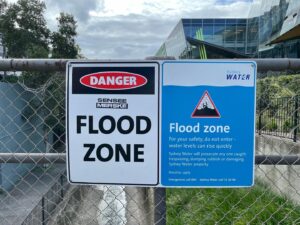
1 Comment